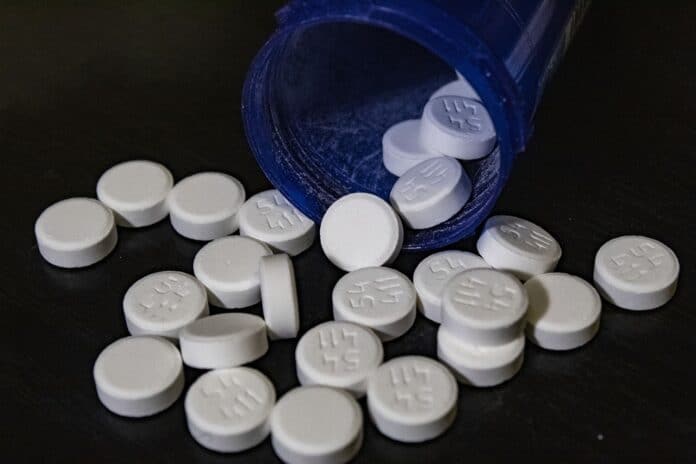Buprenorphine treatment has been linked to lower mortality and morbidity. Buprenorphine regulations were relaxed during the Biden administration, making the life-saving medication used to treat opioid addiction more accessible.
However, some clinicians and fentanyl users have been nervous about using buprenorphine for fear of inducing a severe withdrawal reaction known as “precipitated withdrawal” (PW), which can discourage patients from seeking treatment in the future and clinicians from using the medication for future patients.
A new study was conducted in 28 emergency departments (EDs) with significant fentanyl use rates. It was discovered that the incidence of precipitated withdrawal is extremely uncommon less than 1%.
Gail D’Onofrio, MD, the Albert E. Kent Professor of Emergency Medicine and a professor of medicine (core addiction) and epidemiology (chronic illnesses), is eager to share these findings to encourage doctors to recommend and patients to accept buprenorphine.
He said, “Precipitated withdrawal is very stressful for both the patient and the clinician. It’s horrible when it happens you’re creating harm where you’re supposed to heal.”
Buprenorphine relieves withdrawal symptoms and opioid cravings by binding to the same brain receptors that fentanyl and other opioids bind to. However, if the medication is given too soon, it pushes the opioid off the receptor and causes precipitated withdrawal.
To avoid this, clinicians are advised to wait until a patient is experiencing mild or moderate withdrawal before using buprenorphine.
David Fiellin, MD, professor of medicine from yale university, said, “Precipitated withdrawal can lead to both the patient and the clinician never wanting to receive buprenorphine again, so it has serious ramifications for both the patient and the prescriber.”
The most recent study arose due to an ongoing trial called ED INNOVATION, which evaluates outpatient treatment engagement among erectile dysfunction (ED) patients who have been started on either sublingual or a 7-day extended-release injectable buprenorphine formulation in the ED.
From June 2020 to October 2022, a cohort of 1,200 patients was studied in 28 geographically diverse EDs.
This is the first study to document buprenorphine-induced PW in fentanyl users using constant surveillance, operational definitions, and adjudicated outcomes in a prospective trial.
D’Onofrio said, “We’re excited to say that we found that buprenorphine is safe to treat opioid withdrawal in an ED setting, despite escalating use of fentanyl.”
Kathryn Hawk, MD, associate professor of emergency medicine and epidemiology, said, “This is one of the great things about conducting systematic prospective research. Aside from evaluating our primary outcome comparing the effectiveness of two buprenorphine formulations, we’re able to assess systematically other outcomes, in this case, incidences of precipitated withdrawal as well.”
Methadone is the only other effective agonist treatment besides buprenorphine. The team is assured of having discovered that buprenorphine is a safe option to use in the ED, as only 13% of people with opioid use disorder receive medication to treat their addiction.
Because methadone is highly regulated and only available through opioid treatment programs, the researchers hope that buprenorphine can be used as a safe alternative.
He said, “If we found buprenorphine to be unsafe, it would limit the treatment options for these patients severely.”
Their findings will make clinicians less nervous about starting buprenorphine and encourage more emergency physicians to use the medication in their practice. Furthermore, providers can rest assured that the patients who experienced precipitated withdrawal in the cohort were successfully treated and did not require hospitalization.
Fiellin said, “In the context of an overwhelming overdose crisis, and this being a medication that decreases mortality by as much as 50 percent, we need to eliminate as many barriers as possible to use this medication. This study demonstrates that it can be safely provided in the emergency department setting and likely more frequently in other settings as well.”
Journal Reference:
- Gail D’Onofrio, Kathryn F. Hawk, et al. Incidence of Precipitated Withdrawal During a Multisite Emergency Department–Initiated Buprenorphine Clinical Trial in the Era of Fentanyl. JAMA Network Open. DOI: 10.1001/jamanetworkopen.2023.6108
